
The director of IT and Neuroinformatics Development at the Buffalo Neuroimaging Analysis Center provided perspective on the sudden explosion of artificial intelligence, and how it can be applied to MS care.

Marco Meglio, Assistant Managing Editor for NeurologyLive, has been with the team since October 2019. Follow him on Twitter @marcomeglio1 or email him at [email protected]

The director of IT and Neuroinformatics Development at the Buffalo Neuroimaging Analysis Center provided perspective on the sudden explosion of artificial intelligence, and how it can be applied to MS care.

Efgartigimod resulted in rapid impact on health-related quality of life, with improvements that were consistent across multiple measures and were similar for the effect seen across 2 treatment cycles.

The effect of cognitive rehabilitation on personalized cognitive goals was specifically found 6 months after treatment completion, whereas the benefits on patient-reported cognitive complains did not persist.

Supplementary data from the phase 3 Clarity AD study served as the basis for the lecanemab’s new review, for which a decision is expected to come by July 6, 2023.

Taylor Gonyou, DO, a multiple sclerosis fellow at Michigan Institute for Neurologic Disorders, detailed a proteomic biomarker panel that gauges multiple sclerosis disease activity, with potential to impact clinical decision-making.

Now 4 years after the approvals of the first calcitonin gene-related peptide inhibitors, new therapies are being developed to address the lingering needs of patients with refractory migraine.

Between the 2 therapies, ozanimod was associated with significantly lower risks of safety outcomes, including adverse events leading to discontinuation, herpetic infections, bradycardia, and abnormal liver enzymes.

The chair of the Department of Neurology at Cedars Sinai Medical Center provided perspective on National MS Education and Awareness Month, and the changes to MS education in recent years.
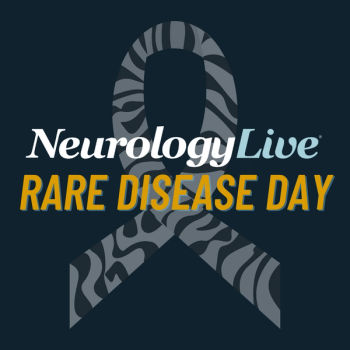
In recognition of Rare Disease Day, the NeurologyLive® team offered an extensive update on the state of care and treatment for a few rare neurological diseases, including Pompe disease, Rett syndrome, among others.

In a dose-ranging study, the gene therapy achieved 78% Gb3 substrate clearance at 6 months and 77% reduction in urine podocyte loss in 1 of the first kidney biopsies.

Compared with those on an unrestricted diet, patients with MS on intermittent calorie restriction showed greater cognitive performance, as assessed by SDMT, after 12 weeks dieting.

The ozanimod group demonstrated significantly lower odds of safety outcomes such as nasopharyngitis, diarrhea, and urinary tract infection relative to diroximel fumarate.

Treatment with either rituximab and ocrelizumab, 2 FDA-approved therapies that target CD20, resulted in similar odds of experiencing a clinical disease activity in both unadjusted and adjusted analyses.

Between pretreatment naïve patients and those previously on disease-modifying therapies, treatment with cladribine resulted in stable scores on Symbols Digit Modalities Test and other cognitive assessments.
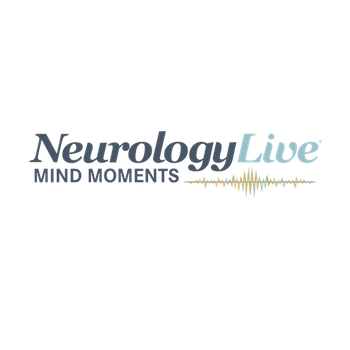
Mind Moments®, a podcast from NeurologyLive®, brings you an exclusive interview with Darin Okuda, MD. [LISTEN TIME: 21 minutes]

Non-Hispanic Black and Hispanic or Latino individuals on ocrelizumab did not demonstrate significantly greater risk on 24-week confirmed disability progression relative to non-Hispanic Whites.
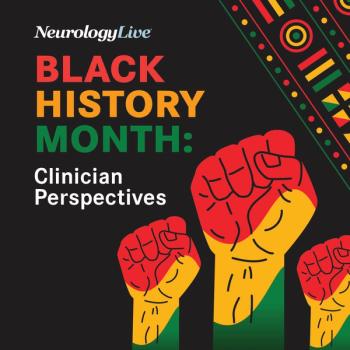
To honor Black History Month, NeurologyLive® spoke with influential Black clinicians on the leaders they look up to, the ongoing fight to overcome racial disparities, and ways to encourage diversity in health care.

Epworth Sleepiness Scale scores improved by an average of 4.3 points overall, with more than 90% of patients reporting perceived improvements in their excessive daytime sleepiness.

The program committee vice-chair of ACTRIMS provided perspective on the upcoming forum, including the notable sessions, themes, and presentations the clinical community should be aware of. [WATCH TIME: 7 minutes]

The director of Cleveland Clinic’s Cerebrovascular Center provided clinical perspective on the treatment decisions mobile stroke units face, and whether directly transferring patients to angiography suite is necessary.

To honor Black History Month, NeurologyLive® spoke with influential Black clinicians on the leaders they look up to, the ongoing fight to overcome racial disparities, and ways to encourage diversity in health care.

Patients who switched from a previous disease-modifying therapy to teriflunomide saw a decrease in annualized relapse rate and stability with Expanded Disability Status Scale scores regardless of subgroups.

To honor Black History Month, NeurologyLive® spoke with influential Black clinicians on the leaders they look up to, the ongoing fight to overcome racial disparities, and ways to encourage diversity in health care.

Daniel Ontaneda, MD, program committee vice-chair of ACTRIMS, provided insight on the notable sessions and themes clinicians should pay attention to at this year’s forum, which takes place February 23-25, in San Diego, California.
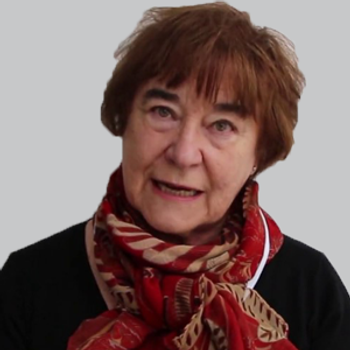
At 1 and 3 years follow-up, sodium oxybate-treated patients showed significant increases in periodic leg movements index and significantly higher apnea-hypopnea index.

The vascular and interventional neurologist at Cleveland Clinic provided insight on a study presented at the 2023 International Stroke Conference that observed the clinical effectiveness of mechanical thrombectomy beyond 24 hours. [WATCH TIME: 6 minutes]

Physicians were nearly 3 times more likely to prescribe treatments for symptoms of suspected dementia with a positive DISCERN result.

To honor Black History Month, NeurologyLive® spoke with influential Black clinicians on the leaders they look up to, the ongoing fight to overcome racial disparities, and ways to encourage diversity in health care.

Findings indicated that the robust wake-promoting efficacy of solriamfetol demonstrated in clinical trials resulted in improved real-world functional performance in participants with narcolepsy.
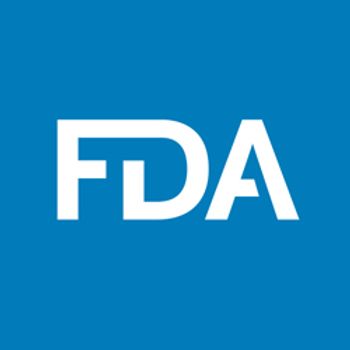
The newly updated label warns patients on aducanumab about the potential risks of brain bleeding, which can be significant and life-threatening.